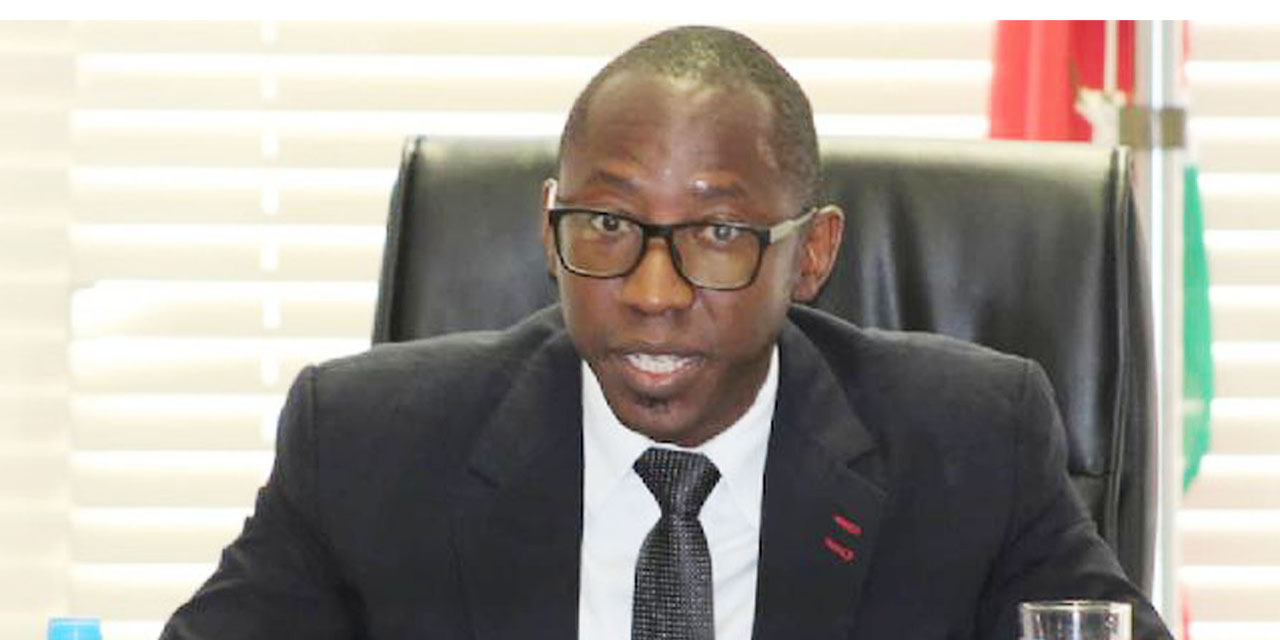Hertta-Maria Amutenja
Water supply in the Erongo Region remains critically low, especially for Omatjete, Otjimbingwe, Spitzkope and Uis areas.
This is according to the Ministry of Agriculture, Water and Land Reform (MAWLR) Crop Prospects and Food Security Situation for the month of March.
According to the report, most of the pumps at boreholes in the region are reported to be broken.
Erongo Regional Governor, Neville Andre, said the water supply situation has been a worry for some time now, however, the region has made provisions to supply water to affected communities.
“We have been experiencing water supply problems for quite a long time and what we have been doing is transporting water in water tanks to the community leaders in the area. There is a concern about the water supply there. The people keep throwing things and garbage in the boreholes and this cause the boreholes to malfunction and eventually break,” Andre said.
He added that the region will host a groundbreaking ceremony for the construction of new pipelines in the affected areas next week.
“Next week we will see the official start of the construction of the pipes that will bring water to the affected areas. That is a long-term goal but we will still be using NamWater tankers to get water to critical areas,” added Andre.
The report also states that the water supply in the Ohangwena, Omusati, Oshana and Oshikoto regions was satisfactory, though not all water catchments have enough water due to prolonged dry spells.
It states that in areas where floods were reported earlier this year, water availability is satisfactory although it is drying up very fast and although the Kunene Region received an insignificant amount of rainfall since the beginning of the rainy season, water availability is satisfactory, with boreholes and natural fountains serving as the main source.
Omatjete and its surrounding communities have been in the news since 2016 because of the water shortage crisis.
At the time, traditional authorities representing the communities pointed to the failure of the local government for not properly consulting the affected communities before installing boreholes in areas that do not have underground water.
In 2021 the Minister of Agriculture, Calle Schlettwein, officiated at the groundbreaking of the Kuiseb Collector 2 pipeline between Schwartzekuppe and Swakopmund.
The minister explained that the Kuiseb Collector 2 – Schwarzekuppe – Swakopmund pipeline was commissioned in 1974 and is therefore 47 years old.
In addition to the project launched NamWater commenced with other projects in the area with a price tag of an estimated N$200 million.
These projects amongst others involve the drilling of new boreholes, construction of new pipelines, the replacement of old ones and the erecting of new power infrastructure to supply power to the new boreholes in Dorob and the Swartbank areas and Kuiseb River while upgrading reservoirs and replacing pipeline including that at the Rooikop army base and the Walvis Bay area.




